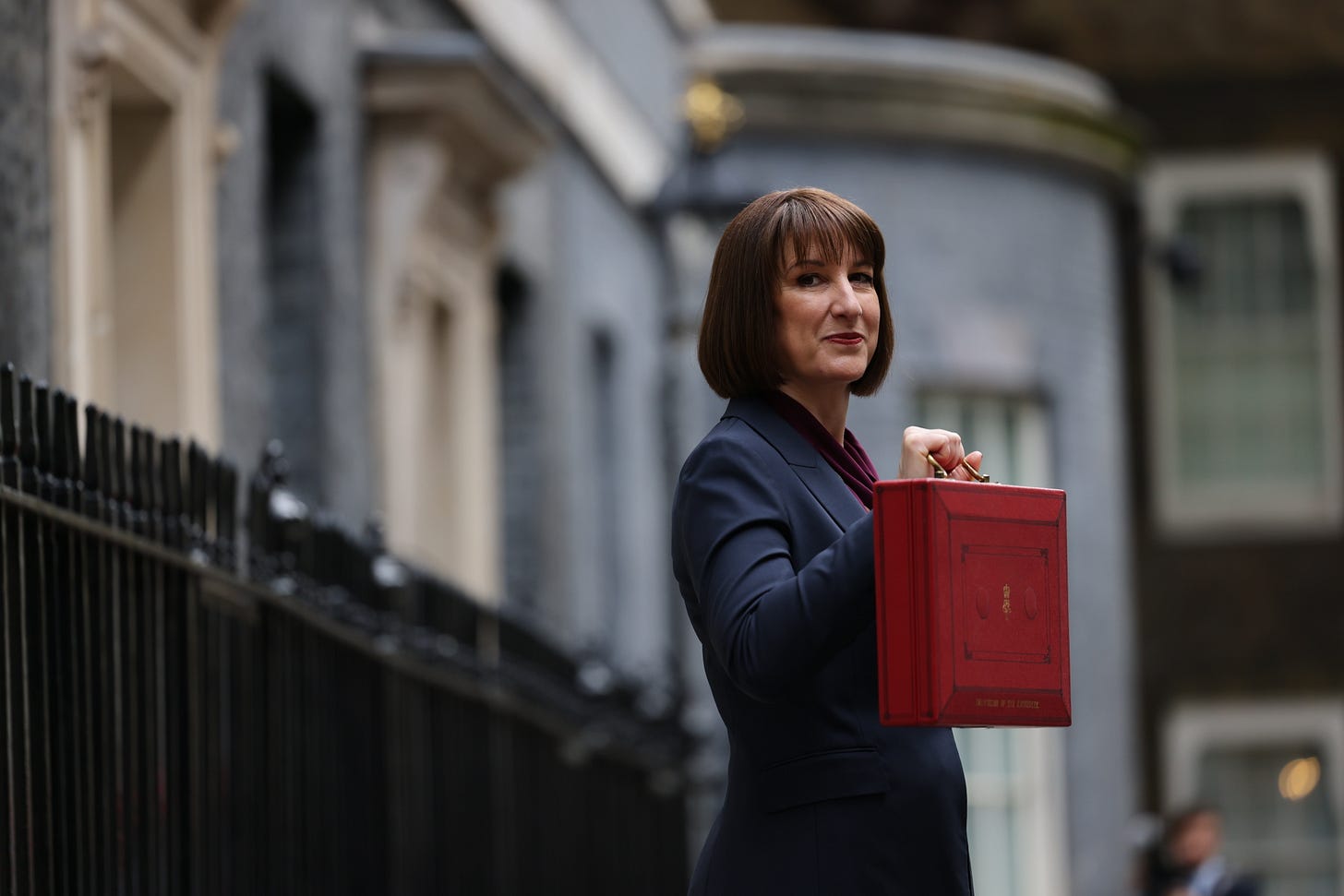The immigration trap
How the fiscal rules help (and hinder) the migration debate
Last week — in what was on reflection a somewhat strained analogy predicated on the Moon gradually drifting away from the Earth — I mentioned the cosmic quirk that makes total solar eclipses possible.
We’re not built for this speed
I do not wish to sound alarmist but the Moon is escaping. As it drifts away, the strength of the Earth’s tides will diminish and its rotation will slow. Our planet’s axis, today a stable angle of around 23.5°, may begin to vary wildly. And worst of all, we will lose those perfect solar eclipses, which only …
The Sun and Moon appear roughly the same size in our sky. How can that be, when the sun is 400 times larger? Well, it just so happens that the moon is also 400 times closer. It is a coincidence. It also means that, should humans still be around in 600 million years’ time, they will get to experience the last total eclipse. From that point forward, the Moon will be too far away from the Earth to entirely cover the sun.
There is another quirk of timing, albeit on far more compressed timescale, that relates to the story of the week: immigration. Back in October 2025, chancellor Rachel Reeves confirmed her new fiscal rules. These stated that the government would target a current budget balance (that is, day-to-day spending) and debt as a share of GDP falling by the fifth year of the forecast. As luck would have it, the fiscal profile of migrants also has a five-year component.
[Before we move on, and so the good people from the Institute for Government who kindly read this newsletter do not yell at me, it is important to note that the fiscal rules’ five-year horizon will narrow, so that from 2026/27 onwards, the government must achieve falling debt over a three-year period. This gives the chancellor less leeway than her immediate predecessors enjoyed.]
This coincidence of timing impacts the debate around migration, because migration has a non-negligible impact on the Office for Budget Responsibility’s (OBR) fiscal forecast. First, there are straightforward fees. With the exception of asylum seekers and those applying under the EU settlement scheme, migrants to the UK must pay application fees and the immigration health surcharge.
These are substantial. The OBR calculates that the average migrant pays £1,900 in visa fees and £2,600 on the health surcharge. Meanwhile, a further £800 per migrant is paid on the immigration skills charge by sponsoring employers. Home Office fees were forecast to raise £5.8 billion in 2024-25, a rise of more than a quarter on the year before.
Second is the general taxation that migrants pay as employees (for those eligible to work) consumers (through VAT) and residents (council tax). New migrants are more likely to be of prime working age, and the OBR estimates they have a slightly higher employment participation rate than the resident population, and assumes their per capita contribution is similar to the average UK adult at roughly £19,500 per year.
Third is welfare payments, or lack thereof. Most migrants are not entitled to receive most benefits during their first five years in the country. Moreover, eligibility for state pensions requires a minimum of 10 years of qualifying national insurance contributions. As a result, new migrants have little impact on welfare spending over the first five years.
Fourth is public services. New migrants consume public services (such as health, education and transport) but government spending on such services does not rise depending on population size. (Of course, in the absence of additional funding, spending per capita will fall.)
As a result of all this, the OBR forecasts that higher migration leads to lower public sector net borrowing and lower levels of debt. Last year, the OBR found that the higher than forecast increase in net migration would deliver a net reduction in borrowing of around £7.4bn by 2028-29. And so if Labour reduces net migration by a significant amount, as it has set out in its white paper, that will indeed have an impact on the fiscal position.
Of course, life (we hope) goes on after five years. And while not all migrants stay indefinitely (479,000 people emigrated from the UK in 2024), many of course do, and that has an impact on the finances that are necessarily not reflected in rolling five (or three) year cycles. For that reason, higher levels of net migration are not a magic money tree.
In the short-term, higher inward migration boosts tax receipts and adds little to age-related spending pressures. However, as the OBR noted way back in 2013, over a longer horizon, higher migration “could be seen as delaying some of the fiscal challenges of an ageing population rather than a way of resolving them permanently”. This is because if migrants remain in the UK into retirement, they would, like anyone else, place greater demand on the pension and healthcare systems.
Moreover, if the government adjusted public sector spending to reflect the larger population, the OBR notes that would require billions of pounds more (£6.1bn in 2028/29), thereby at least partly offsetting the higher tax revenues generated by higher immigration.
This newsletter has not touched on the politics of immigration, which are lively to say the least. As the son, grandson and husband of immigrants, I am certainly not hostile to it on principle. Meanwhile, as a voracious reader of Treasury documents, I know the economic value migrants can bring.
But it would be a mistake to overlook the trade-offs inherent in high levels of migration, from pressure on housing and infrastructure to longer-term fiscal costs. Migration can ease fiscal challenges in the short-term, but it is no permanent solution to unsustainable public finances. Like solar eclipses, the economic and political alignment that makes it appear straightforward is fleeting.







I have found very few want to discuss the real problem, probably because all they know is the Farage rantings, but as you point out the problem of an ageing population must be faced. Japan's answer seems to be robotics (also see Asimov, Banks et al).